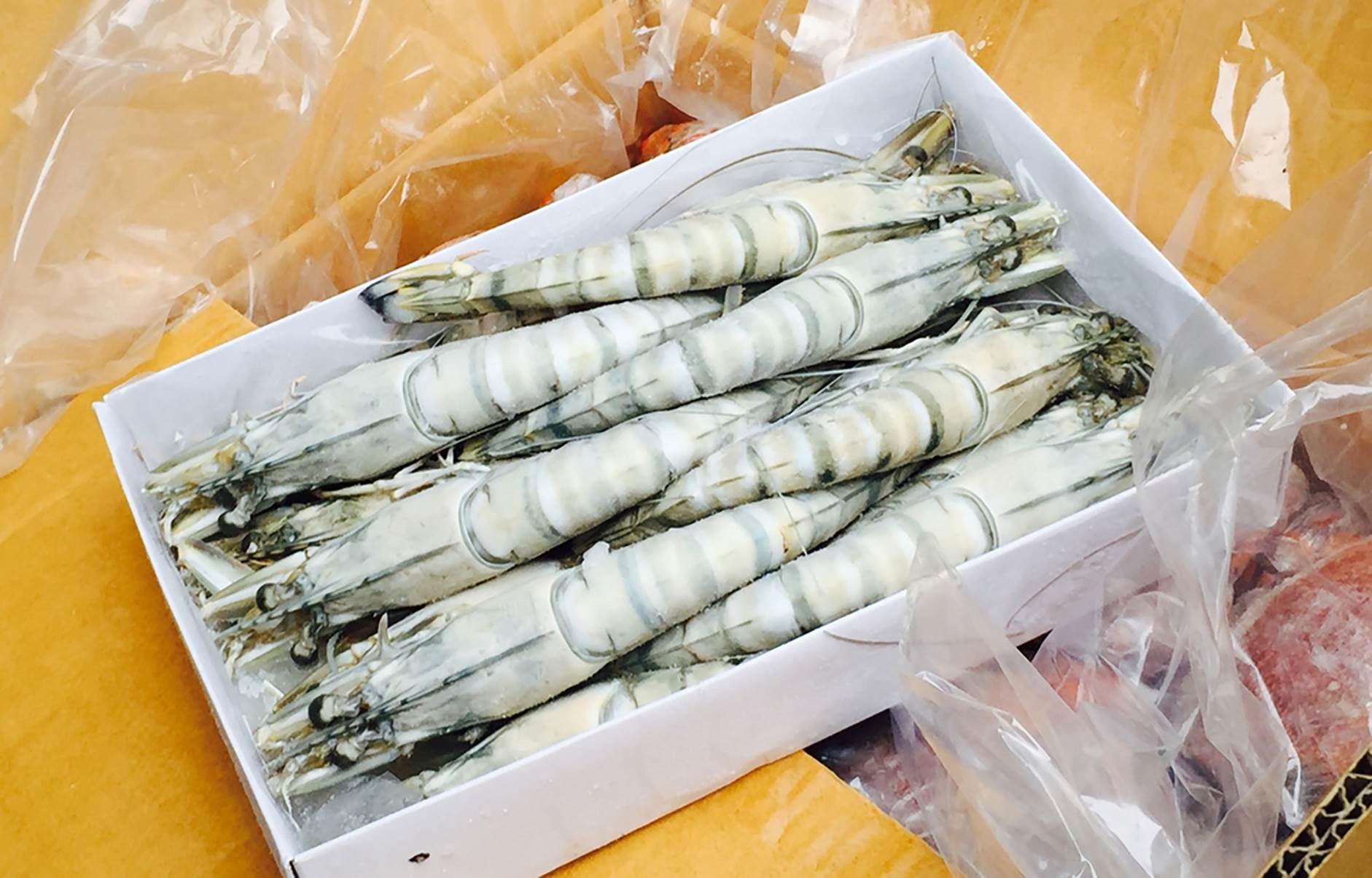
After banner 2023, outlook is uncertain for China’s shrimp import market: SeafoodSource
Global shrimp industry and overall Chinese economy woes have left forecasters with varied opinions on how 2024 will play out

Mark Godfrey: SeafoodSourceNews
China, in defiance of global trends, recorded surging shrimp imports in 2023, purchasing over 1 million metric tons (MT) amid a global supply glut in which demand in other major markets has plummeted.
However, the country’s gloomy economic prospects have experts wary of guaranteeing whether that demand will continue into 2024.
“It is hard to say whether 2024 will witness a further increase on vannamei imports to China,” said Peng Song, the CEO of Qingdao-based Beiyang Jiamei Seafood, which owns the Seamix Seafood brand of products. “There was a great mood among importers after Covid-19 in 2023 about the market, and there were a few times price decreases occurred from the supply side abroad; thus, we saw importers speculating the market, while in 2024, we do not expect there will be such opportunities.”
Additionally, the overall mood around China’s economy remains gloomy, with both GDP growth and the stock market underperforming and the value of China’s currency continuing to decline as investors grow ever more pessimistic. Specifically, investment banking firm Morgan Stanley, in a recent research note, pointed out three major issues facing the Chinese economy: an unresolved debt pile faced by real estate developers, an aging population, and falling consumer prices due to weak demand.
“We hope for the best,” Peng said.
Nevertheless, others are more bullish about Chinese shrimp demand in 2024 – at least in the short term.
“There are no shrimp circulating around China now … and huge demand,” Didier Boon, the CEO of Beijing-based food and beverage trading firm East China Seas, said.
Boon pointed to differences between domestic products and shrimp from abroad as a primary reason why imports are likely to continue soaring.
“China is buying a lot from Ecuador in bigger sizes,” he said. “They also buy big quantities from India for reprocessing in China and reexport. Local supply is [almost solely] used for smaller sizes for fresh sales at local markets, including big chains such as Jinkelong [supermarket chain].”
Landy Chow, the head of shrimp exporter and seafood supplier Siam Canadian’s Guangzhou office, echoed Boon, highlighting that the price competitiveness of imports over domestic production will keep Ecuadorian imports coming into China.
This would mirror a trend seen in various agricultural sectors in China that features imports that are both cheaper and of a higher quality than local produce, the latter of which is also often more expensive due to the small scale of local producers as well as a relative shortage of arable land and water in China.
“It is difficult to predict 2024, [but] as long as Ecuadorian shrimp price is competitive, China will continue to import,” Chow said. “For 60 pieces per kilogram, the price for Chinese head-on, shell-on shrimp is USD 7.40 [EUR 6.80] per kilogram, while the price for imports from other countries is about half that price. Therefore, Chinese shrimp farming is not competitive, and there is a need to import a big quantity of shrimp. As a result, China will keep importing shrimp – either from Ecuador or Asian countries.”
Ecuador remains the clear leader in terms of supplying shrimp to China. Its exports to the country – at 697,102 MT in 2023 – placed the South American country well ahead of India, which grew its shipments to China by 4 percent year over year in 2023, reaching 141,803 MT. Argentina came next and saw its shipments grow 62 percent year over year, shipping 29,965 MT to China.
Ecuador’s dominance in terms of shrimp supply to China is relatively newfound, as the country has increased its shipments tenfold to the Asian market from 2018 to 2022.
This helped Ecuador leapfrog Russia in 2022 to become China’s top source of seafood in terms of value, raking in USD 3.8 billion (EUR 3.5 billion) in seafood exports to the Chinese market during that year, marking a 60-percent increase.



